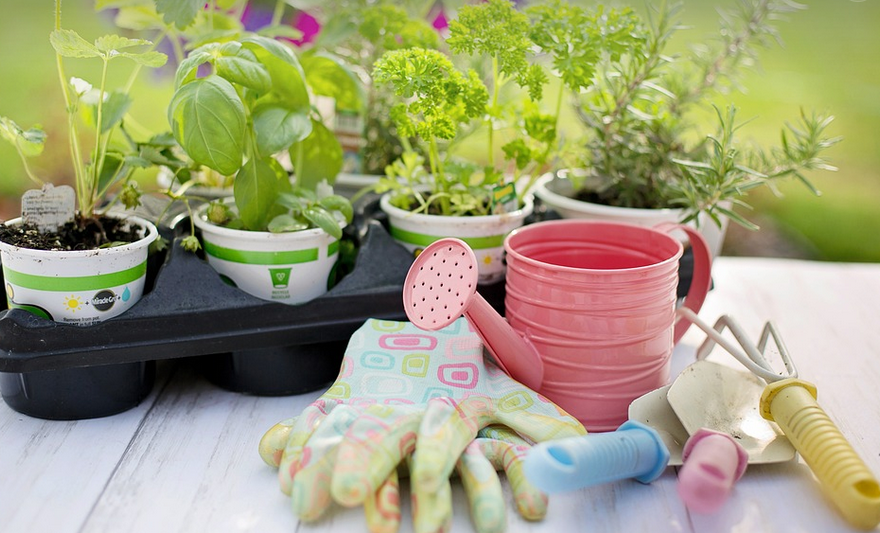Let’s Talk About the Best Mulch for Your Garden
Ah, garden mulch! That magical substance that keeps our plants happy and thriving all year round. But with so many options on offer—hay, straw, pine needles, shredded bark—it can be hard to know where to begin. Today, we’re focusing on two popular contenders: hay and straw. Both are fantastic choices for mulching your garden beds, but understanding their unique strengths will help you choose the right one for your specific needs.
Choosing between hay and straw is like choosing between a warm hug in winter and a breezy summer cool-down – it all depends on what kind of effect you’re looking for, both visually and functionally. Let’s delve into the world of these two versatile materials to see which one might be the perfect fit for your garden.
**Hay: The Fluffy Friend with a Lot to Offer**
Hay is made from compressed grass, sometimes mixed with other crops like oats or alfalfa. It’s often used in livestock feed but also makes a fantastic natural mulch for gardens. This versatile material offers several benefits:
- **Natural Nutrient Release:** Hay decomposes slowly, feeding the soil over time as it enriches it with essential nutrients like nitrogen and phosphorus.
- **Weed Control:** Hay’s dense structure helps suppress weed growth by blocking sunlight from reaching them.
- **Moisture Retention:** Hay’s ability to hold water is excellent, making it a great choice for dry soils that need extra moisture.
- **Humus Builder:** Hay breaks down into valuable organic matter known as humus, which improves soil structure and promotes healthy plant growth.
- **Long-Lasting Coverage:** Hay can provide effective weed control and mulch for a longer time period than straw.
While hay boasts numerous advantages, there are some considerations to keep in mind:
**Cost:** Hay prices might be higher than straw, especially if you’re looking for premium types like orchard hay.
Straw: The Humble Yet Mighty Mulch Provider
Straw is a common choice for gardeners thanks to its affordability and ease of use. It’s the leftover material after harvesting wheat or barley. Here’s why it’s so darn popular:
- **Budget-Friendly Option:** Straw is generally available at lower prices than hay, making it a more affordable option for gardeners.
- **Easy to Apply:** Straw easily breaks down into the soil and spreads across your garden beds with minimal effort.
- **Moisture Retention:** Like hay, straw can help retain moisture in the soil, reducing the risk of drought stress on plants.
- **Weed Control:** Straw’s dense structure can suppress weed growth by covering the soil surface and blocking sunlight.
- **Pest Repellent:** The natural properties of straw may help deter some pests from damaging your garden.
However, it’s important to note that straw also has its limitations:
**Decomposition Speed:** Straw decomposes relatively fast compared to hay, meaning you might need to replenish it more frequently for long-term mulch benefits.
**Nutrient Release:** While straw provides some nutrients as it breaks down, it’s not as effective in supplying the same level of nutrients as hay.
Making the Best Choice: What’s Right For You?
Ultimately, the best choice between hay and straw depends on your specific gardening needs and preferences:
- **For a long-lasting, slow-release nutrient boost:** Hay is your go-to option due to its slower decomposition rates.
- **For budget-conscious gardeners with minimal effort:** Straw offers affordability and ease of application.
Consider using a combination of both! You can add hay for the long-term nutrient boost and straw for immediate weed control and moisture retention. It’s like layering your garden for a balanced effect!
**Beyond Hay and Straw: Exploring Other Options**
While hay and straw are popular choices, there are other mulch options worth considering:
- **Shredded Bark:** Provides excellent moisture retention and weed suppression. However, it can be more expensive than straw or hay.
- **Pine Needles:** A great choice for acidic soil due to its ability to hold nitrogen and pH balance. They decompose slowly and are a popular option in the US.
No matter which mulch you choose, remember that the key is to apply it correctly! Use a layer of at least two inches for optimal results. And keep in mind: mulching isn’t just about aesthetics; it’s about contributing to your garden’s health and longevity.
Happy gardening!
